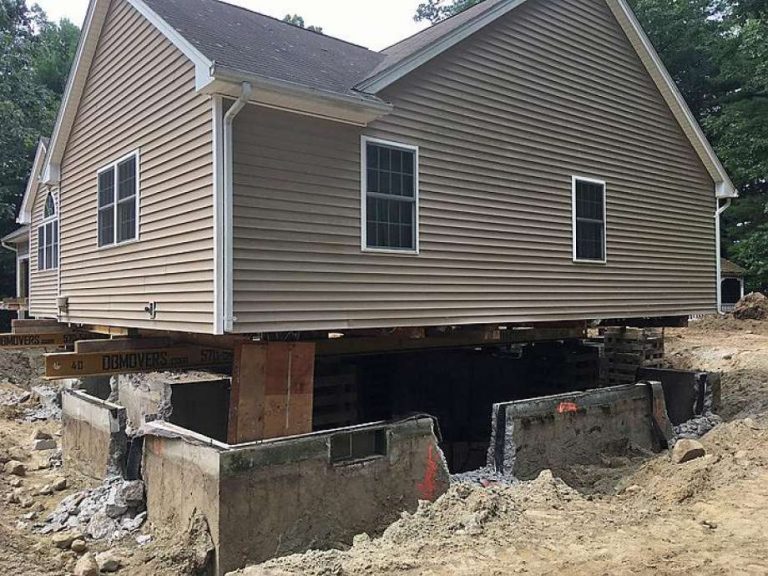Is the foundation of your house in danger? Issues with the foundation may cause structural damage to your property.
For both homeowners and potential house buyers, foundation troubles may be frightening and cause a lot of worries. Soil conditions cause most foundation issues. Slab foundations, crawl spaces, and complete basements are affected by shifting soil and expanding clay soils.

Expansive soils absorb water, expand, and push up into the foundation due to this action. As the earth dries out, it shrinks, causing settlement of the foundation. Heaving may lead to foundation cracks and interior damage throughout the house.
If a crack persists, it’s better to have a foundation contractor or structural engineer experienced in foundation repair inspect it, but following a few broad guidelines will help you determine whether or not to be concerned. Read on to find out how to address foundation issues.
It’s possible to see a 30-75-degree diagonal fissure running down your basement wall or foundation, and it’s usually broader on one end than the other. A foundation’s uneven settling is to blame. There is a noticeable difference in the foundation level on one side of a property.
A home’s foundation may move if constructed on a slope or if the soil underneath it has grown or contracted just in one place. Because you must address the source of the differential settling, this repair may take longer and cost more money than a vertical fracture.
However, constructing new gutters to divert rainfall away from an area of your property that often floods may also be an option if it is confirmed that flooding is to blame for shifting soil.
The foundation repair technician may use a waterproof masonry sealant to fix foundational cracks and voids in a building’s foundation. Early detection and repair of cracks in our foundation are essential since they support the whole home.
Read Also:
When the slab tilts or sinks, if the ground underneath it shifts or collapses, the repair technicians access various necessary tools and know-how to fix a buckling foundation.
In order to fix concrete that is uneven or sinking, mud jacking is the best option. There are many other names for this procedure; slab jacking is one, concrete lifting is another.
Lifting a porch, stairs, deck, walkway, or garage floor with this approach is an excellent use of your limited time and resources. Alternatively, polyurethane injection might be used in the slab jacking procedure. Rather than natural components, dense and light materials are added to close the space.
Smaller projects may benefit from the use of these two slab lifting technologies. However, they are just short-term quick fixes that the technician may repeat after a few years.
The heavyweight of the injected materials causes the earth under the slab to be compressed. However, although more durable because of its smaller weight, polyurethane injection isn’t commonly accessible.
You’ve undoubtedly heard that high humidity may cause your home’s doors and windows to cling, shut and become challenging to open. The reason why you should pay attention to your windows and doors is that any difficulties with them might be an early warning indication of more significant problems with your foundation.
Since they can no longer be pushed open and closed adequately because they no longer fit perfectly in their frames, your windows and doors will show tell-tale symptoms of foundation movement. This is because of the high summer temperatures that induced soil shrinking.
Pilings will be installed under your foundation and pushed into stable soil or bedrock. They will prevent your foundation from settling further and enable you to transfer it back to its original location.
After completing this work, your doors and windows will be correctly aligned and open and shut without a problem.
Crawl spaces and basements are often wet since they are positioned below ground level. However, when real water, as opposed to merely moisture, seeps through a crack, the likelihood of mold and mildew development increases significantly.
In addition to sealing the crack, which should be done as mentioned above, it is critical to keep water away from the foundation wall.
The process of removing foundation plants, installing gutters and downspouts, and adding soil to the yard along the foundation may all be done to produce a two percent or greater slope away from home, allowing water to drain away from the foundation.